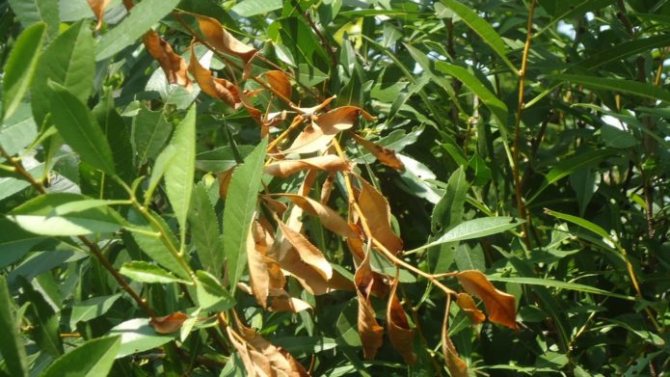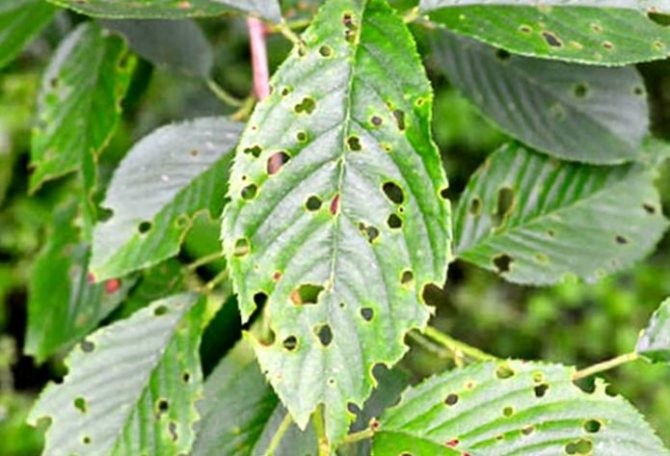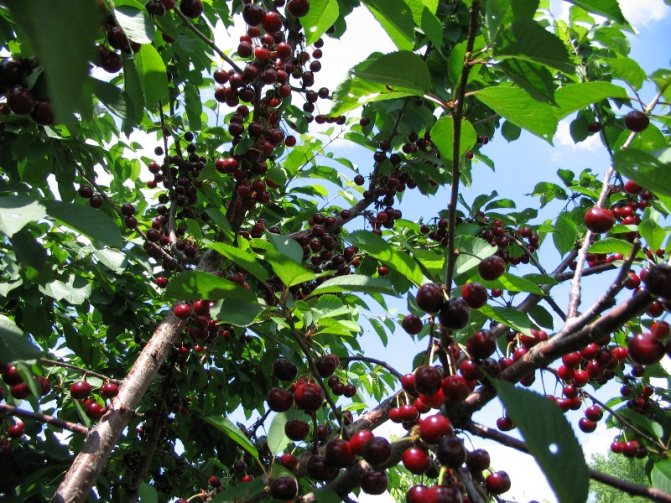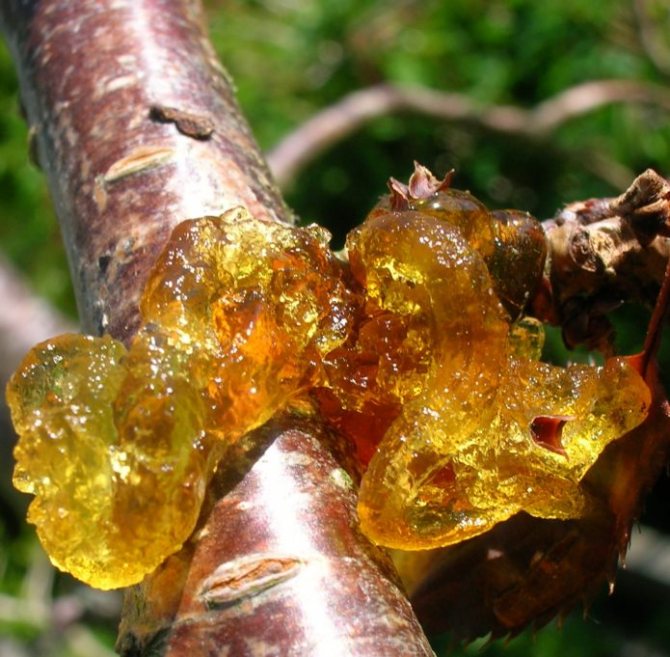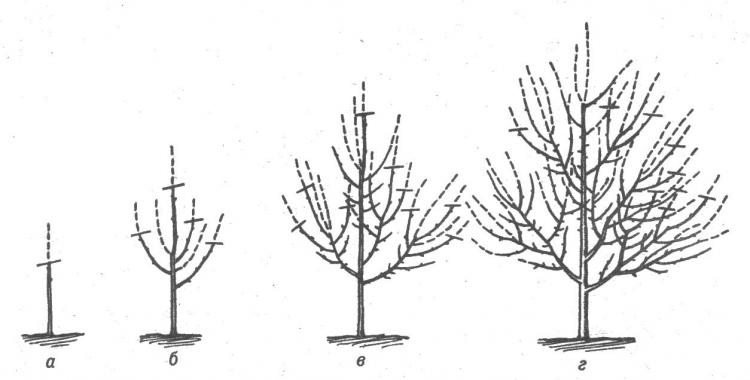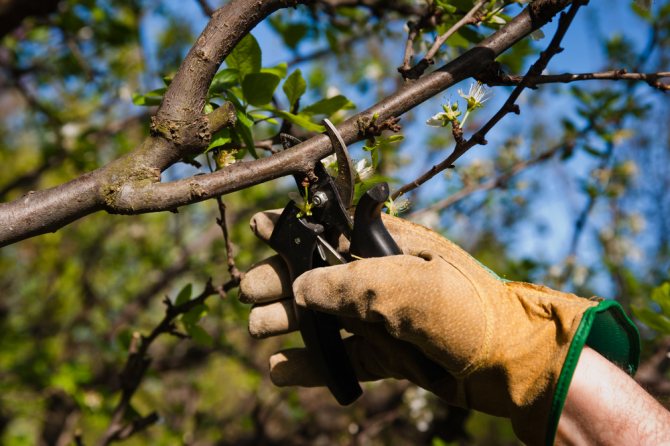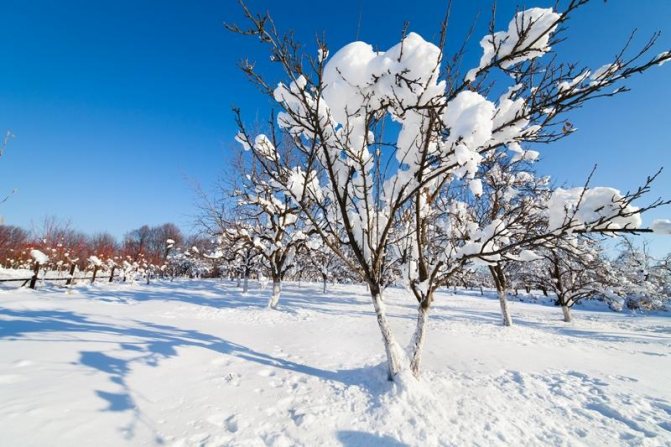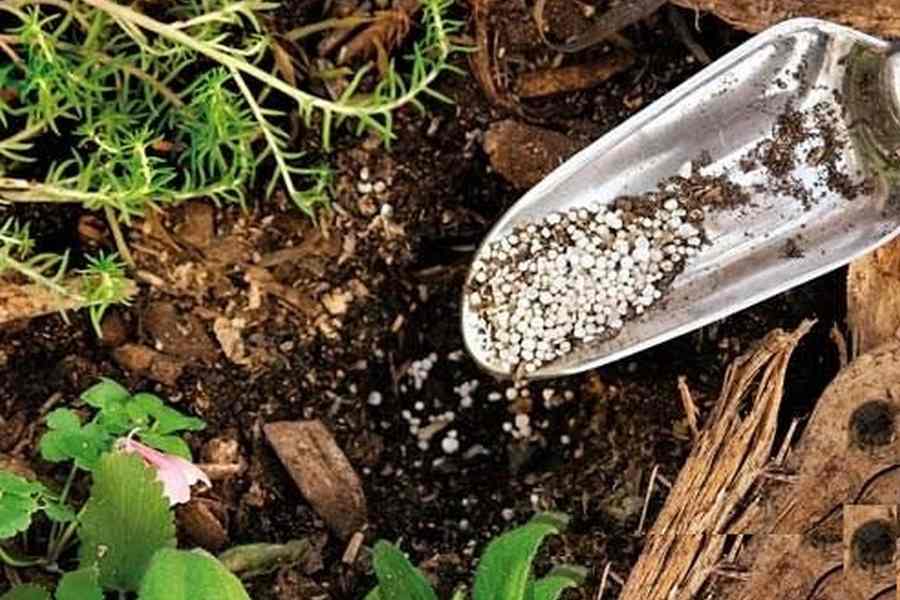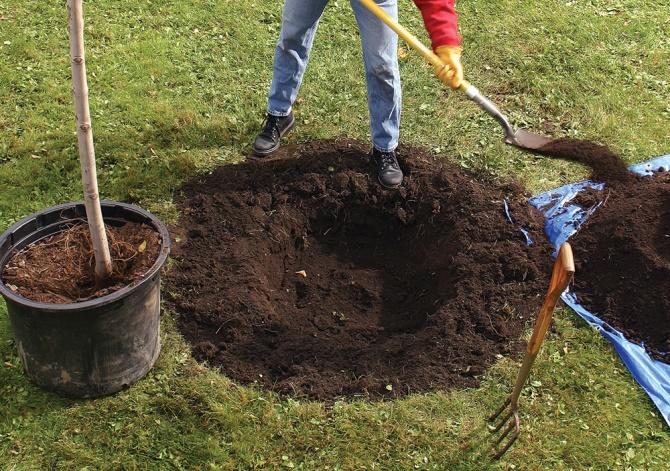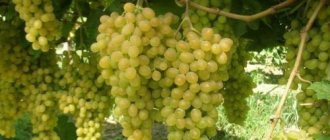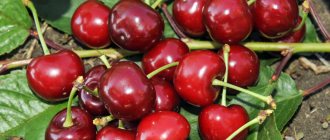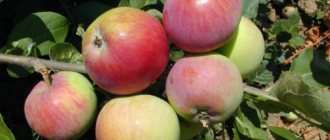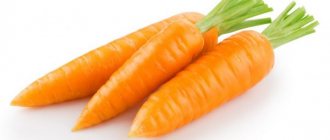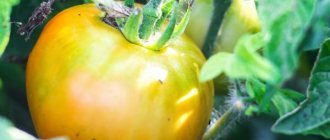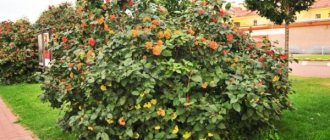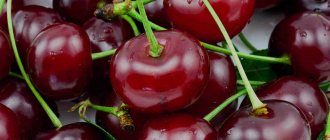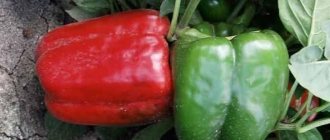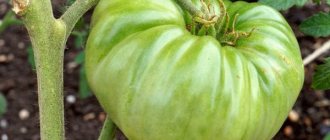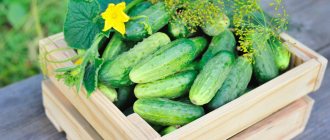Duke is a variety obtained from crossing two related crops - cherry and sweet cherry. It is highly regarded by gardeners all over the world. Such unusual plants include Nochka. The variety was bred at the Donetsk experimental fruit-growing station in the city of Artyomovsk. Parental forms, the author of the novelty L.I. Taranenko chose Valery Chkalov cherries and Nord Star cherries. The hybrid turned out to be of excellent quality, combining the main positive characteristics of the two parent crops.
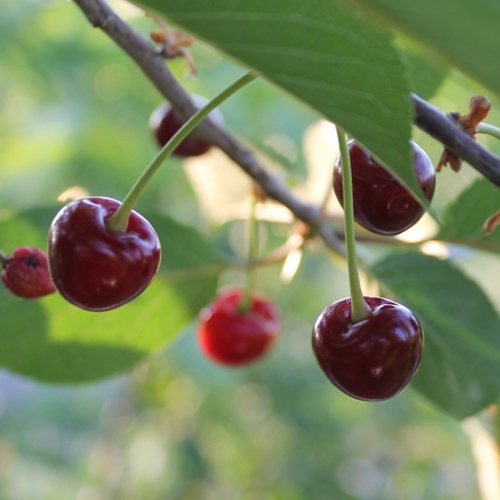
Breeding history
Cherry Nochka compares favorably with other species, because it is a hybrid obtained by crossing cherry and sweet cherry. The breeders wanted to get a berry with high frost resistance, like a cherry, and juicy large berries, like a sweet cherry. As a result, L.I. Taranenko coped with the task and got the Nochka variety, crossing Valery Chkalov cherries and Nord Star cherries.
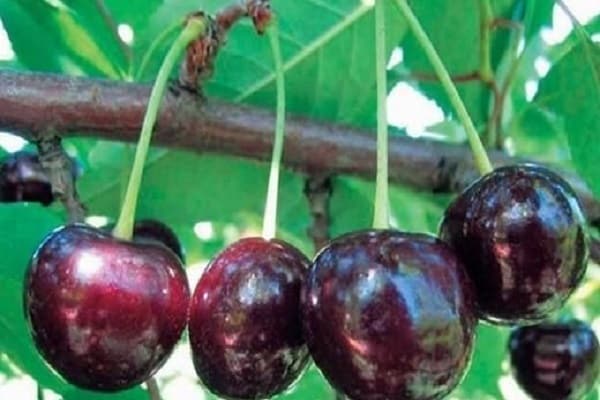

Description and features of the variety
To understand whether this duke is suitable for a particular garden, you need to study the description of the Nochka variety. The leaves are large, dark green in color with a glossy surface. The berries are heart-shaped, the flesh is dense, juicy, with a pronounced sweet and sour taste. The skin is dark, shiny.
The duke begins to bloom in mid-May, but later in some cities due to weather conditions. The berries appear 1.5-2 months after flowering. Cherry hybrid Nochka possesses the best qualities of its “parents”: bright cherry aroma and rich cherry taste.
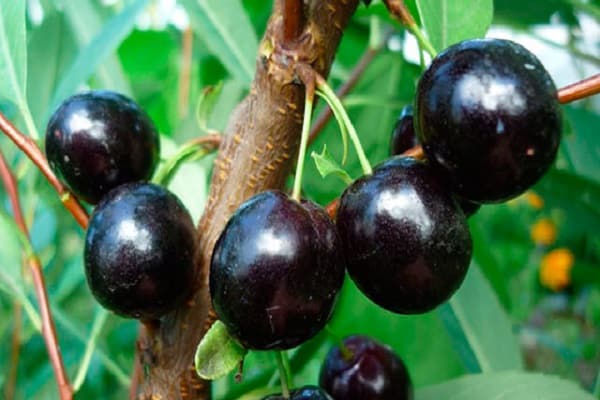

Fruit
Cherry fruits are collected in a brush. Each of them contains from 6 to 8 berries. The color of the fruits at the stage of biological maturity is maroon.
Duke Nochka berries combine the dessert taste of sweet cherry and pleasant aroma of cherry. The characteristic cherry sourness is absent in the fruits of this hybrid.
The fruits of the Night ripen at the end of July. The plant begins to bear fruit in the third year.
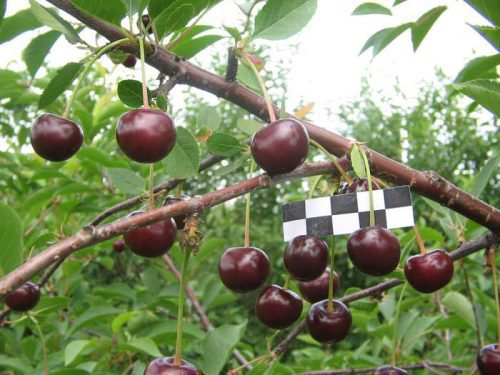

Characteristics of Cherry Nochka
The Nochka tree is considered to be of medium height, the height of an adult specimen is 3 meters. The crown is wide and spreading. This point must be taken into account when planting trees, so that in the end the cherry is not cramped. The berries themselves are large, rather similar to cherries: on average, 7-10 grams each.
Nochka's yield is small. From one tree, no more than 10 kilograms of berries are obtained, so more than one copy will have to be planted for sale.
But cherries have good winter hardiness. Duke can easily withstand frosts down to minus 30 degrees, so it is ideal for growing in regions with cold, harsh winters. But young seedlings can freeze, so you need to plant the duke Nochka in the spring, and not in the fall. It will not be superfluous to scatter snow mixed with sawdust around the tree.
See also
Characteristics of the Turgenevka cherry variety, description of planting and care and pollinatorsRead
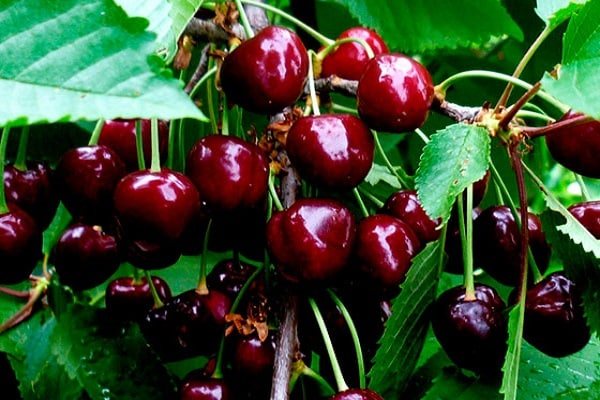

Cherry varieties Nochka have good immunity to many diseases, but some preventive measures are still needed. Pest resistance is also at a high level, which makes it easier to care for the tree.
Main varieties
Many varieties of cherries are known today. For example, among summer residents, cherry varieties Samsonovka, Toy, Vstrecha, Nochka, Minx, Vianok and others are very popular. Some of the listed varieties have subspecies.
The night is represented by the following subspecies:
- Alice is a vigorous culture. The variety is characterized by frost resistance and high yield. Until the age of 10, the crown has a pyramidal shape, and the height of the tree itself does not exceed 4 meters. After a while, the crown becomes more rounded. Alice is considered a mid-late variety. Fruiting is mixed, but the main part of cherries is formed on bouquet branches. The color of the fruit is burgundy, the pulp is juicy. Each berry weighs 7 grams. The cherries are sweet with a slight sourness to the taste. The disadvantages of Alice can be considered poor transportability and low resistance of colors to a decrease in temperature.
- Burly. This cherry is vigorous, has medium-late ripening of fruits. The mass of berries does not exceed 7 grams. The cherries are round and have red juicy flesh. Harvest Burly is very tasty. The advantages of the variety are high resistance to frost and large-fruited. Vigorous growth can be considered a disadvantage, because most summer residents prefer compact crops.
Advantages and disadvantages
Since the variety was artificially bred in order to obtain the best qualities from two trees, Nochka cherry has a large number of advantages:
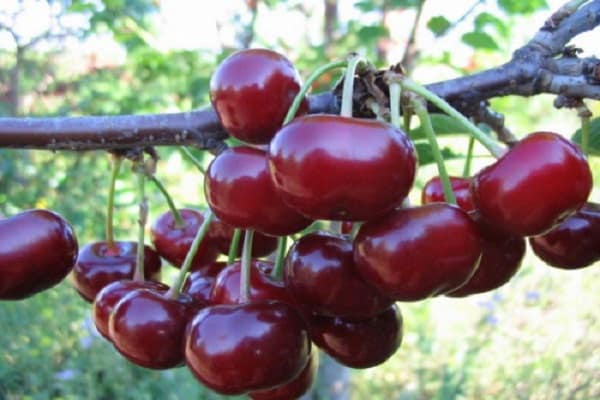

- Excellent frost resistance. It is believed that Nochka has a higher rate than other dukes.
- Immunity to various kinds of diseases, including coccomycosis.
- The tree easily withstands hot dry summers and does not require frequent watering.
- Berries. They have decent taste, large and beautiful in appearance.
- Cherry varieties Nochka are unpretentious, therefore they do not require special care.
But, as always, there were some drawbacks:
- The tree is self-fertile, so pollinating cherries need to be planted nearby. For these purposes, Nord Star, Molodezhnaya, Meteor, Lyubskaya are suitable.
- Low yield, which is extremely low if the sale of berries is planned.
- Duke dimensions. First, it complicates the care and harvesting process. Secondly, a large area is required for planting several trees.
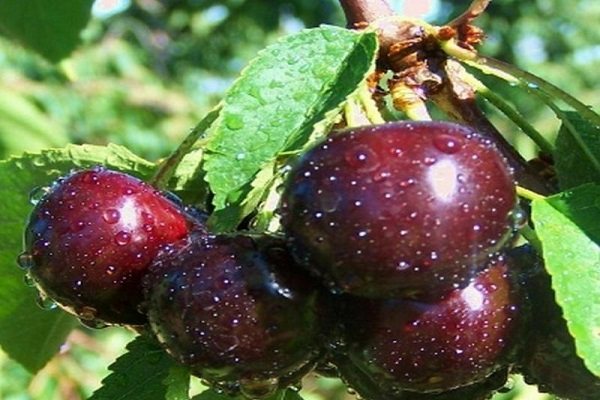

Planting cherries
Planting Nochka cherries is no more difficult than any other. For an experienced gardener, this will not be difficult. For the novice gardener, below is a step-by-step planting process.
- You need to start by choosing a place where Nochka will grow in the next 20–25 years. It must meet the following conditions.
- Do not stay in lowlands, damp and flooded places. It is best to sit on a slightly elevated, southern or southwestern slope. The optimum slope is 10-15 °.
- It is good if there is natural protection from the wind on the north or north-east side - a house, a fence, a forest.
- The soil should not be acidic or saline. Cherries grow best on slightly acidic or neutral soils.
- Within a radius of 100 m, or better closer, there should be pollinating plants (see above).
- Next, choose the landing date. Optimally, this is early spring, before the start of sap flow. It can be planted in the fall, but only in the southern regions, where there is a low risk of freezing out of a poorly established seedling.
- Purchase of a seedling. It is best to do this in the fall, when the choice is greater and the quality of the planting material is better. Signs of a good seedling.
- It must be one-year, two-year is allowed. You should not take an older one, because it takes root worse, it takes longer to bear fruit. The height of the seedling is usually 0.7–1.3 m.
- The root system is well formed, without damage or signs of disease.
- The bark is smooth, clean, without cracks, spots, gum lesions.
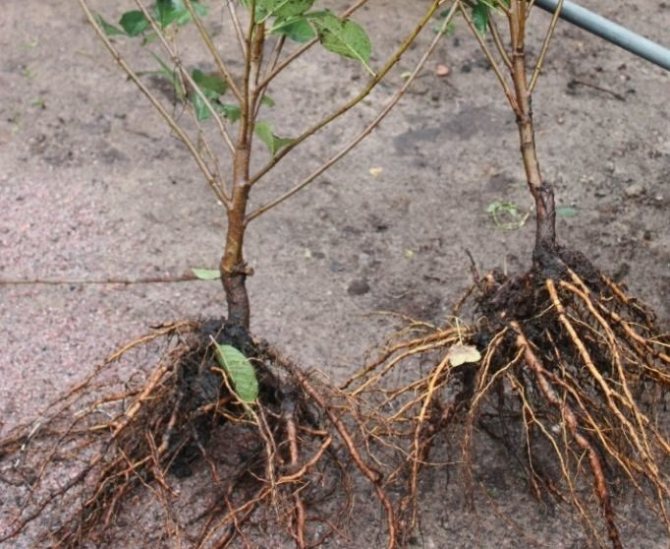

A cherry seedling must have a well-developed root system.
- You can store the seedling until spring in the basement at a temperature of 0-5 ° C, after dipping the roots into a mash made of equal parts of mullein and clay, wrapping it in a rag and placing it in a bag. You can also dig in a semi-horizontal position, sheltering from frost and rodents.
- In the fall, you also need to dig a hole for planting at the selected location.Fill it with a nutrient mixture of 2-3 buckets of compost or humus, two liters of ash and 300 g of superphosphate.
- In the spring, as soon as the weather conditions allow for planting, a small mound is formed in the pit, on which the seedling is placed, straightening the roots well. Layer-by-layer covered with earth is well compacted. The vaccination site must not be buried; it must be 3-5 cm above the ground surface.
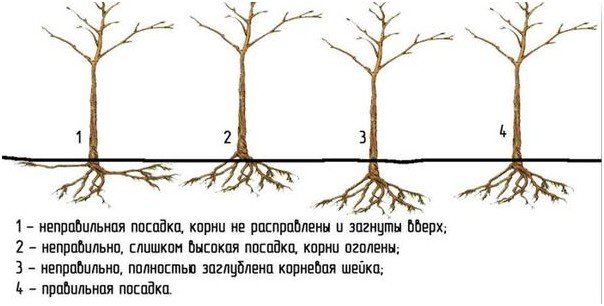

The neck of a cherry seedling must not be buried; it must be 3-5 cm above ground level
- A near-trunk circle is formed with an earthen roller in diameter.
- Water well (2-3 buckets of water) and mulch.
- All branches are shortened by 20-30 cm, including the central conductor, and tied to a peg.
Features of ripening and fruiting
Fruiting in Nochka cherry varieties begins early, already in the 3rd year. The tree reaches its peak yield by the age of 12. In order for the harvest to be regular, you need to choose a sunny place for planting without drafts with deep groundwater. The tree does not like excessive moisture, so watering is often not worth it. This is especially true for mature cherries.
It is imperative to stop watering a couple of weeks before harvest. Berries begin to ripen towards the end of June, and in some regions by the end of July.
From the very beginning, even before the time of fruiting, you need to prune the tree. Shorten the shoots by a third, and remove dry or diseased ones altogether. As already mentioned, in order for the Nochka cherry variety to bear fruit, pollinating trees need to be planted nearby. The distance between them should not exceed 40 meters.
See also
Description and characteristics of cherry varieties Vocation, history and peculiarities of cultivationRead
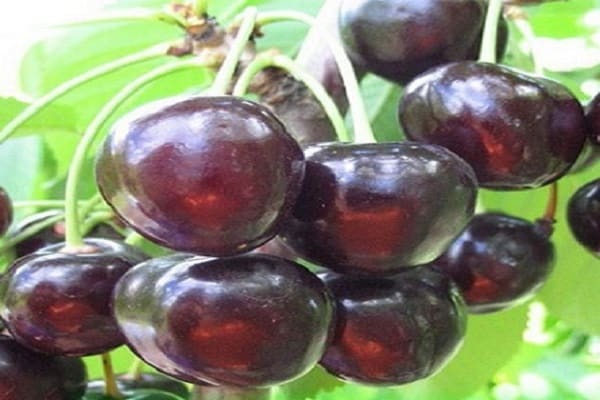

Care
Throughout the life of a plant, it needs careful care. Watering and fertilizing supplies the trees with the necessary substances and preserves the condition of the soil. Pruning allows you to avoid thickening of the crown, the development of infections, and helps to form the tree correctly. All activities must be carried out in a timely manner and in accordance with certain requirements. This article will tell you about the features of the Ural Rubinovaya cherry variety.
Watering
This hybrid is drought tolerant. However, the taste and juiciness of the fruit is highly dependent on the amount of moisture consumed by the tree. Watering is carried out during flowering and fruit formation, at least 15 liters of liquid are poured under each root. Seedlings need to be watered more often, 1-2 times a month. Remember that excess moisture leads to rhizome decay. Therefore, do not forget to loosen the soil after each watering, this will help to normalize gas exchange in the soil and root respiration.
It is better to stop watering and supply of other fluids to the roots 14-18 days before harvesting. This helps to extend the shelf life of the berries.
Top dressing
If during planting you applied a sufficient amount of fertilizer, then the next feeding should be carried out only after 5-6 years. The night does not need heavy minerals, it is better to choose organic matter. An infusion of 0.5 buckets of fresh cow dung with the same amount of water and 2-3 cups of wood ash works well. Trees are watered with tincture twice, in the spring before flowering and during the formation of ovaries. Count the amount of feeding 1 bucket per plant (dilute the infusion with water in a ratio of 1: 1).
Before winter, you can scatter phosphorus or potash fertilizers around the trunk circle.
Trimming
In the first years of life, the night grows extremely quickly. Forcing and sanitary pruning is essential. Events are usually held in the fall before cold weather and early spring. All broken branches, damaged or dry branches are subject to removal. Annual shoots are shortened by a third.
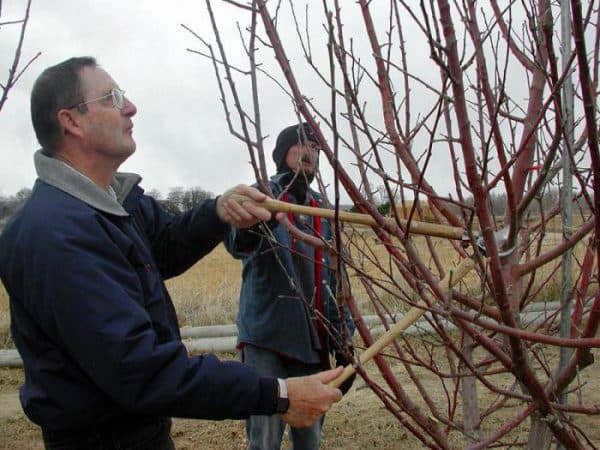

Pruning is carried out with well-sharpened garden shears. The saw cut is made at the smallest angle to the direction of shoot growth.It is recommended to immediately process all cuts and cuts with garden varnish in order to avoid the development of infections.
Preparing for winter
Frost is not terrible for the tree. But in especially frosty winters, young seedlings need shelter. Snow mixed with sawdust is well suited for this purpose. The cover layer must always remain loose. It needs to be regularly raked closer to the trunk.
If the winters in your area are snowless, wrap the trunks in several layers of heavy burlap. The tree can be protected from rodents with metal fences or roofing material. It is recommended to mulch the soil before wintering.
Where is the best place to grow?
Taking into account the peculiarities of this cherry variety, it is easy to guess that it can be grown in most regions of Russia. She is not afraid of Siberian frosts or droughts of the southern regions. Moreover, the tree does not even need to be additionally insulated (although in areas with severe winters it is better to do this) or water often. On the contrary, you need to ensure that the groundwater does not lie close to the soil surface at the site of the duke landing, otherwise the tree will rot.
From all of the above, it follows that Duke Nochka is an excellent option for growing both for yourself and for sale. Delicious large juicy berries will appeal to everyone.
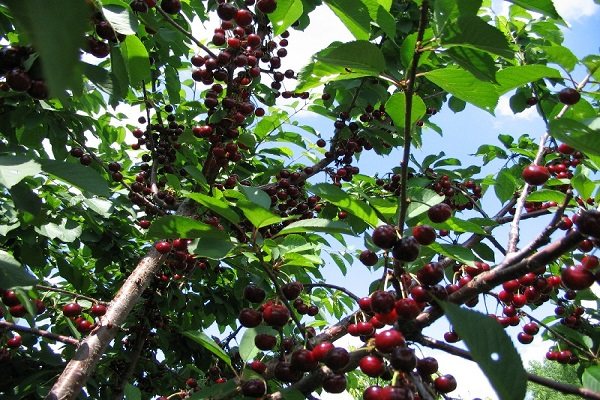

Growing
Before planting a certain variety of cherries on your site, read the requirements for planting it. Consider a landing site in advance. Remember that the sock has a spreading crown that requires a lot of space. At the same time, it is not recommended to locate seedlings from failed buildings, planting trees of other species (cross-pollination with a pear or apple tree is undesirable). Learn how to plant cherries on cherries at this link.
Climatic conditions
The night is unpretentious to the climate. For this reason, the tree has a fairly extensive growing area:
- Central District;
- Middle Volga;
- North Caucasian;
- Central Black Earth;
- Lower Volga region;
- Southern Urals.
The only thing that negatively affects the growth and development of trees is gusts of wind and temperature drops during the period of fruit formation (early June).
The soil
This variety requires moderately acidic fertile soils. It is desirable that the composition is black earth or loose loam. In a sandy loam substrate, the roots take root poorly. You also need to choose areas where groundwater does not accumulate. Such a neighborhood has a bad effect on productivity.
If the soils on the site are too acidic, lime or dolomite flour is poured into the soil along with fertilizers during preparatory work.
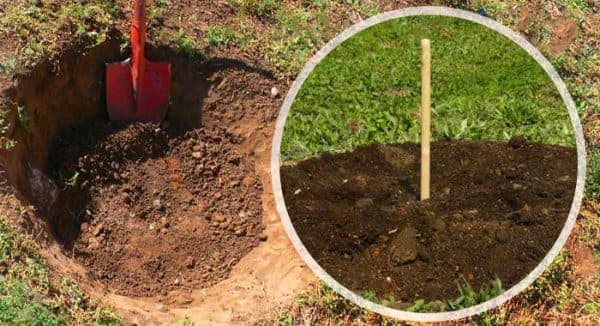

Before planting, the soil is prepared in advance. First, they dig up the entire area of the intended location of the cherry, add the necessary fertilizers there. Then they dig a hole for the seedling and leave it for 1-2 months.
Landing
In order for the seedling to take root as quickly as possible, several rules for planting should be followed. The best time for this event is early spring, immediately after the thawing of the soil. Landing is done as follows:
- dig a hole in advance, measuring at least 0.6 by 0.6 meters;
- to the bottom of the pit a week before planting pour out the removed topsoil, mixed with equal amounts of sand and humus;
- from above add a simple substrate;
- a few hours before disembarkation pour 19-15 liters of water into the pit so that it has time to be absorbed;
- install the seedling in the center of the pit vertically, distribute all the roots over the pit;
- sprinkle the seedling with earth, the root collar must remain above the soil level;
- pit substrate distribute evenly, tamp;
- form a hole in bulk around the sprout, pour 8-10 liters of water there.

